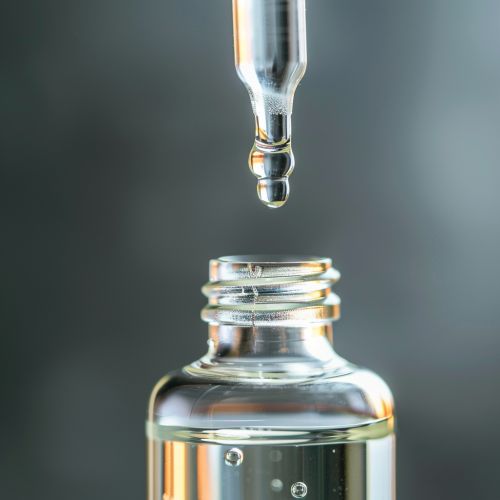Antiseptics
Introduction
Antiseptics are antimicrobial substances that are applied to living tissue/skin to reduce the possibility of infection, sepsis, or putrefaction. They are generally distinguished from antibiotics, which destroy micro-organisms within the body, and from disinfectants, which destroy micro-organisms found on non-living objects.
History
The discovery and development of antiseptics in the 19th century was a significant step in the advancement of modern medicine. The concept of antiseptics was first proposed by Ignaz Philipp Semmelweis in 1847, but it was Joseph Lister who expanded on this idea and made it widely known and accepted.


Types of Antiseptics
There are several types of antiseptics, each with its unique mechanism of action and spectrum of activity. Some of the most commonly used antiseptics include alcohols, phenols, quaternary ammonium compounds, and iodine.
Alcohols
Alcohols, such as ethanol and isopropanol, are commonly used as antiseptics due to their ability to denature proteins, which leads to the inactivation of certain microorganisms.
Phenols
Phenols, including phenol itself and its derivatives, act by disrupting the cell membrane, leading to leakage of cellular contents and eventual cell death.
Quaternary Ammonium Compounds
Quaternary ammonium compounds, also known as quats, are a group of compounds that are effective against a broad spectrum of microorganisms. They work by disrupting the cell membrane and denaturing proteins.
Iodine
Iodine is a potent antiseptic that works by oxidizing cellular components, including proteins and nucleic acids, leading to cell death.
Mechanism of Action
Antiseptics work by destroying the cell wall or cell membrane of the microorganism, leading to leakage of cellular contents and eventual cell death. Some antiseptics, such as alcohols and phenols, denature proteins, which leads to the inactivation of the microorganism. Others, like iodine, oxidize cellular components, leading to cell death.
Applications
Antiseptics are widely used in healthcare and other settings to prevent infection. They are used in wound care, skin preparation before surgery, hand hygiene, and in many other applications.
Safety and Side Effects
While antiseptics are generally safe for use on skin and mucous membranes, they can cause side effects such as skin irritation and allergic reactions. It is important to use them as directed to minimize these risks.
Future Developments
Research is ongoing into the development of new antiseptics and the improvement of existing ones. This includes research into natural antiseptics, nanotechnology-based antiseptics, and the development of antiseptics with activity against antibiotic-resistant bacteria.
